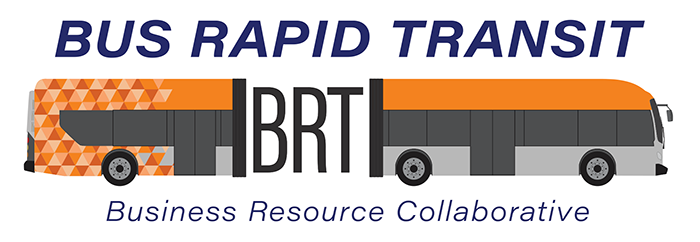Raleigh City Council decided to take more time on a massive rezoning of the New Bern Avenue corridor, after hearing Tuesday from dozens of residents — split nearly equally in favor and against the proposal.
Why it matters: New Bern Avenue is about to be transformed by an under-construction bus rapid transit line in the coming years, and the corridor’s fate has become a flash point about what kind of growth Raleigh wants to see.
- What the council decides will determine what types of housing and businesses can be built along the five-mile New Bern Avenue corridor — home to many of Raleigh’s historically Black neighborhoods — and how densely it can be developed.
What happened: City council members decided they would rather take up the project in smaller chunks rather than addressing more than 700 properties at once.
- City-owned land (like the old DMV headquarters), vacant land and strip malls should be rezoned by the city first, council member Jonathan Melton said, while the parts of the corridor dominated by neighborhoods can be addressed later.
- Leaders also wanted more time to consider how to best implement an affordable housing incentive in the corridor.
Catch up quick: On Tuesday night, the city council considered adding a transit overlay district on more than 700 properties along New Bern Avenue that would change rules around allowable height and density as well as streetscape rules meant to make it easier for buses, bikes and pedestrians to navigate.
- The city’s goal in doing so is to make its large investment into high-frequency transit successful, by attracting more housing as well as businesses, restaurants and shops for people to visit around future bus stops.
- The transit overlay district would also prohibit some uses, like surface parking lots and drive throughs, while also creating a density bonus that would let developers build higher in exchange for affordable housing.
